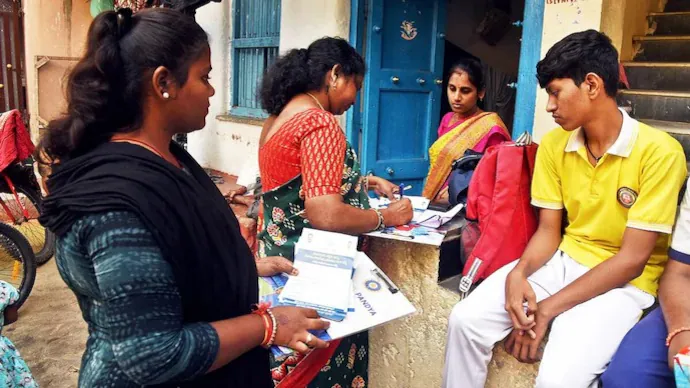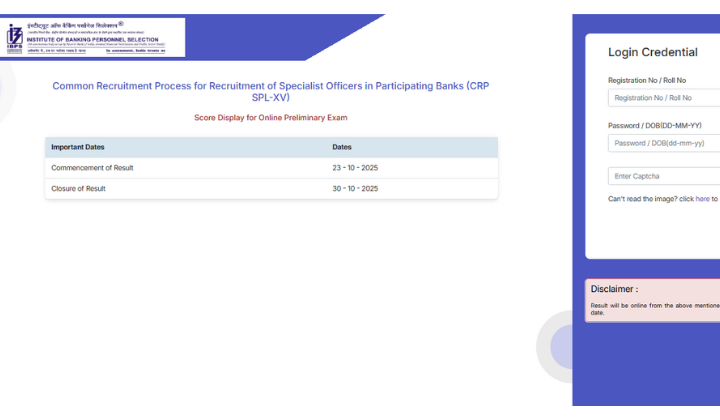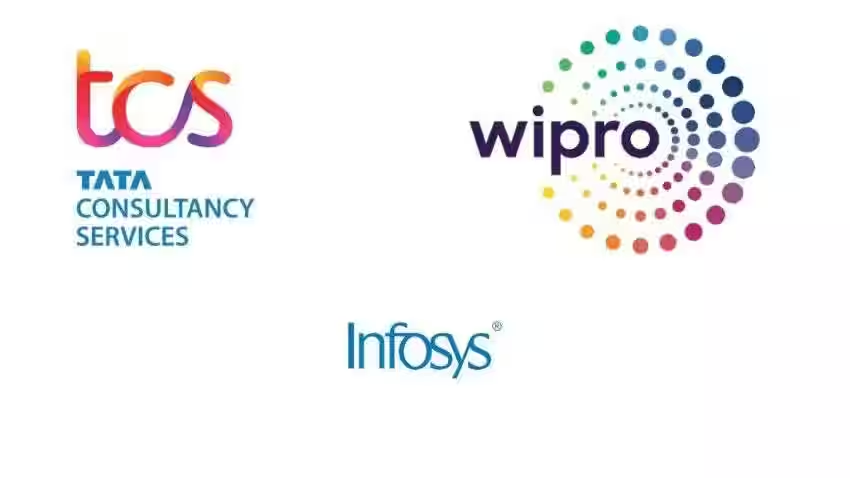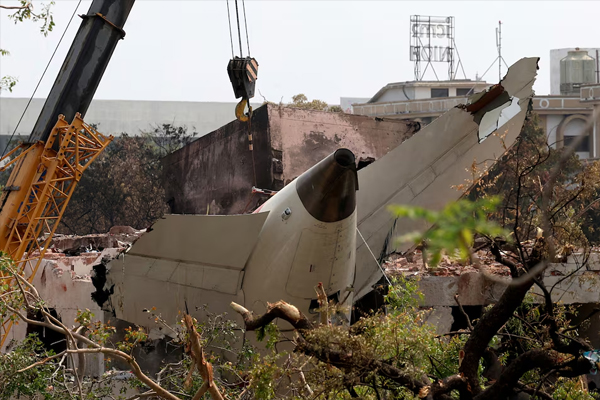Now Reading: India Gears Up for Census 2027: Government Announces Two-Phase Plan
-
01
India Gears Up for Census 2027: Government Announces Two-Phase Plan
India Gears Up for Census 2027: Government Announces Two-Phase Plan

The Government of India has officially set the wheels in motion for the 2027 national census, to be conducted in two distinct phases. This move marks a significant step after the delay of the 2021 census due to the pandemic. The upcoming exercise is expected to play a key role in shaping policies for the next decade, especially for India’s growing population across Tier 2 and rural regions.
Two-Phase Census Strategy Explained
According to the notification issued by the Centre, the 2027 Census will be split into two phases. The first phase will focus on housing data, while the second will involve the actual population count.
The housing phase will gather information on household infrastructure, amenities, and living conditions. The second phase will focus on demographic details like age, gender, occupation, education, and migration status.
This structured approach aims to ensure accuracy and effective use of data for public welfare planning.
Significance for Tier 2 and Rural India
Cities like Bhopal, Patna, and Jaipur, along with remote areas in states such as Uttar Pradesh, Bihar, and Odisha, are expected to be a major focus. These regions have witnessed rapid urbanisation and changing population dynamics, often without updated records.
Accurate census data will help the government design targeted welfare schemes, improve resource allocation, and plan infrastructure projects such as schools, hospitals, and transport systems more effectively.
Technological Enhancements and Digital Push
The 2027 Census is likely to feature increased use of digital tools and mobile-based data collection to enhance efficiency and reduce errors. Enumerators may be equipped with handheld devices to collect and upload data in real time.
This digital shift could particularly help streamline data collection in remote and under-documented areas, though connectivity and digital literacy could remain challenges in some pockets.
Political and Administrative Implications
Census data is not just about numbers. It plays a vital role in the delimitation of constituencies, reservation policies, and funding distribution among states.
With states often vying for higher central grants, updated population data could become politically sensitive. However, a transparent and accurate process can help foster trust in the system.
Conclusion
The 2027 Census is more than a headcount—it is a blueprint for India’s next phase of development. Especially for Tier 2 cities and rural India, accurate data will pave the way for better governance and equitable growth. With digital tools and a phased approach, the government aims to deliver a reliable and future-ready census that serves every citizen.
























